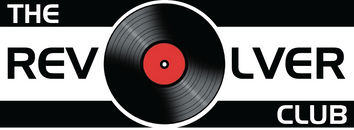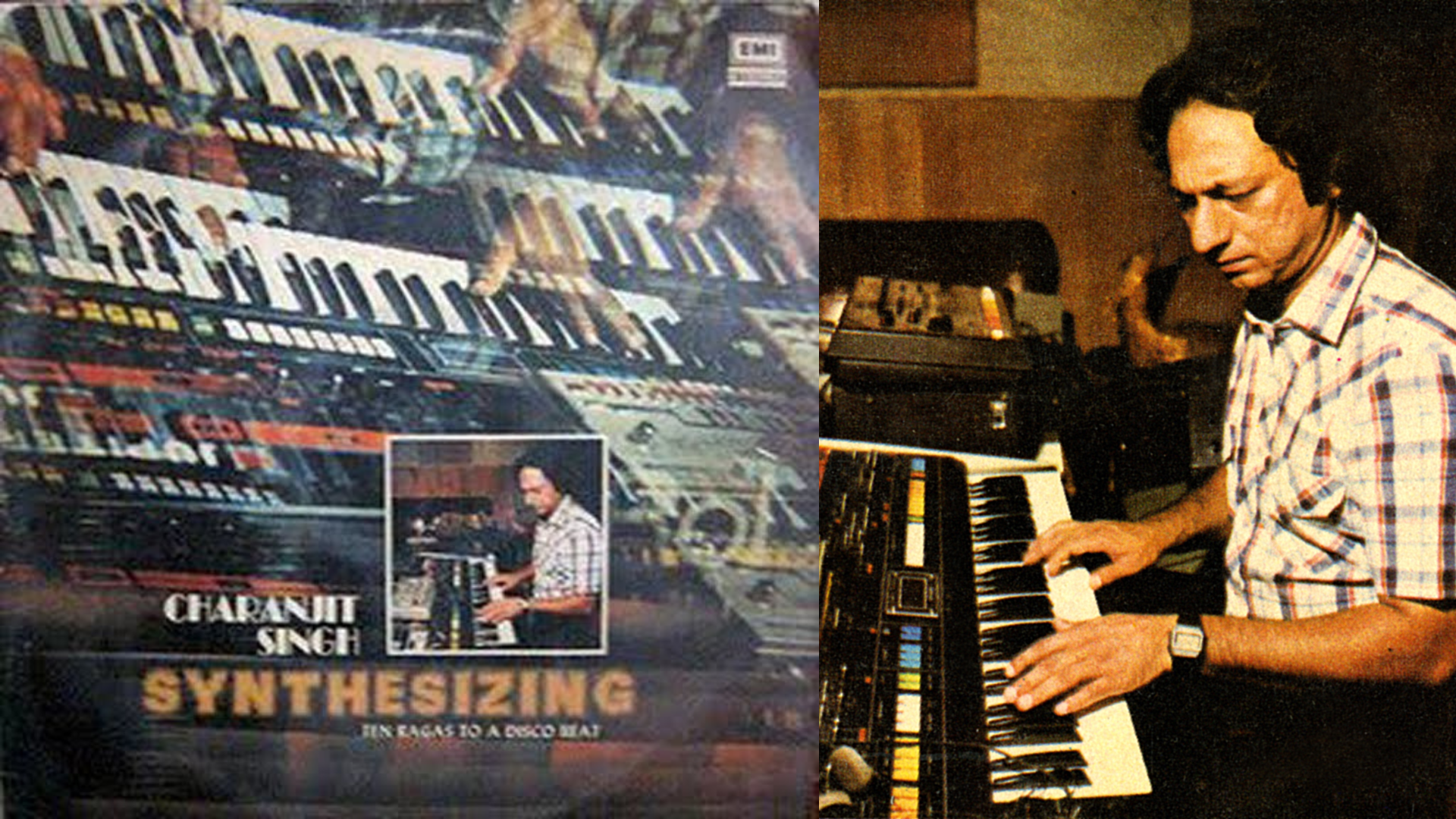The Beatles’ ‘Butcher’ Album

In 1966, the Beatles were on top of the world, their records having sold millions, and established as the vanguard of the emerging counterculture. At that time, Capitol Records, which had the US licence to release Beatles albums from their parent UK label Parlophone , decided to issue a compilation LP, titled ‘Yesterday and Today’ collecting tracks from ‘Help’, ‘Rubber Soul’ and ‘Revolver.
Once the album was mastered, and stampers readied for pressing, jackets for initial orders estimated at 750,000 were printed. These jackets used a cover picture showing the Fab Four in jolly mood, wearing butcher smocks and holding dismembered baby dolls along with slabs of raw meat, hence the term ‘Butcher’ cover. The picture, taken by photographer Robert Whittaker was originally intended as a goofy, irreverent image, part of an Art project, one of thousands taken at the time, and not meant for public consumption. Somehow, someone at Capitol Records thought it worthy of being used as a cover picture. Once the initial batch of 750,000 covers were printed, they had second thoughts, realizing that the picture would work against the clean-cut image of the group, and not go down well with fans. Rather than bear the expense of destroying (and reprinting) so many covers, Capitol came up with an alternative cover image, using a tame picture of the Beatles sitting on steamboat trunks. They employed hirelings to paste the new cover slicks on top of the Butcher covers, and then released the LP into the market. Once the supply of old covers was exhausted, additional copies of the album were printed using the new cover on blank cardboard, in the usual way.

The original covers, known as First-State Butchers, were not formally released into the market, but a few advance copies had been issued to the media, and some radio stations. A ‘Recall’ letter was sent to these recipients, but not all copies came back, perhaps because of a realization that a hot new collectable was in their hands. The covers with the new slick affixed are known as Second- State Butchers (or Trunk covers). It did not take long for fans to realize that there was another cover beneath, and thousands of copies were damaged in an attempt to peel off the trunk slick. It is possible to know that you have a Butcher sleeve underneath if you can see a faint shape of an inverted black triangle towards the lower right middle of the Trunk cover - it’s the image of Ringo’s black turtleneck sweater, peering through the white background. A small cottage industry of ‘professional peelers’ came up, which used steaming methods to remove the trunk slick and deliver a pristine butcher sleeve beneath. These last are known as Third-State butchers, and can be easily identified by affixing a small piece of moistened tissue paper on top. It would stick, because of the residual glue.
The frenzy of unearthing Third State butchers has resulted in there being fewer Second State covers in existence today. Both variants have remained highly collectible over the years, with prices between $2000 and $6,000 these days, for copies in top-notch condition. Because fewer Stereo copies were manufactured back in 1966, as compared with Mono, there is a premium for such copies, as also for Second-State butchers in still-sealed condition.
The First-State butcher covers remain the holy grail of record collecting. For many years, even their existence was considered doubtful, with sightings rare and disputed: Third-States masquerading as First-States. Original copies of the ‘Recall ‘ letter also trade for thousands of dollars. Then, in 1986, a box of 24 still-sealed First State butchers was found in the home of Capitol’s former President, Alex Livingston (the man who signed the Beatles to Capitol), by his son Peter. Five of these were in Stereo and the rest Mono. These copies, still-sealed, and now known as the Livingston Butchers, have since been steadily sold off to collectors through private sales. The last recorded sale of a Mono copy was at $44,000 and a Stereo copy at $85,000. Without a doubt, the Beatles Butcher cover is the most famous cover in the annals of record collecting.






Comments